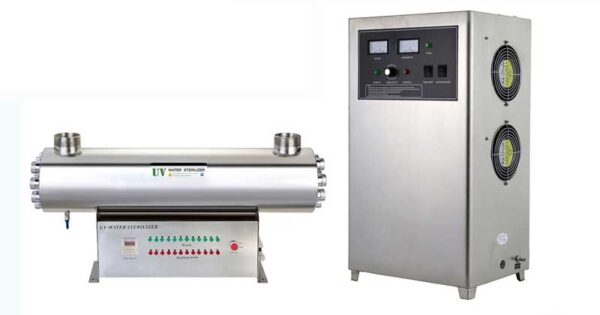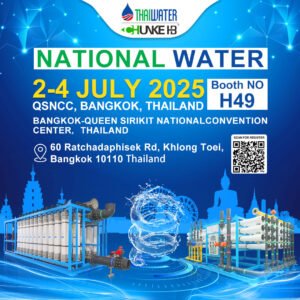UV Sterilizers

Ultraviolet UV sterilizers for water treatment is one of the most effective water sterilize methods for disinfection. So, UV sterilizers work quickly in targeting and stabilizing all biological impurities found in water. Additional no need chemical, therefore saving costs, including containing no danger of overdosing.
Once the UV sterilization process is complete, up to 99% of germs will died in under 10 seconds of exposure to the UV light lamb. In addition, ease of installation, no alteration of pH, taste, and other elements of water gives UV water treatment.
With expertise of CHUNKE ultraviolet water sterilizers, you will receive economical solution that creates value for you while reducing your operating costs for reverse osmosis units accordingly.
UV Sterilizers vs. Ozone Generators
Since, UV sterilizers will disinfect the water by killing bacteria and viruses and other living microorganisms (if properly sized with sufficient contact time). For drinking water, we use it only at the end of the process, on treated water without turbidity. Ozone generator, on the other hand, you can be use at different stages of the process (pre-ozonation or post-ozonation) because, in addition to having a bactericidal power greater than chlorine, it can address other organic parameters, eliminate odours, and break down many organic molecules (including some pesticides that can then be captured more effectively by activated carbon). But using ozone increases the risk of creating certain by-products. Ozone has many advantages but a few drawbacks (investment and real costs, presence of certain by-products, depending on raw water quality).
The choice will depend on the quality of the raw water accordingly.
Be careful, neither solution has any residual effect in the water. You will have to inject chlorine (gas, bleach) into the distributed water to avoid bacteriological regrowth in the distribution network.
What is the advantage of ultraviolet uv sterilizers?
- No need to handle potentially dangerous chemicals (chlorine)
- Virtually immediate disinfection (no contact tanks like chlorine)
- Low power consumption environmentally friendly (no disinfection by-products)
- No moving parts to wear out or replace UV sterilizers does not change the taste or odour of the water
- Lower equipment investment verses other disinfection options
- Simple maintenance (with proper pre-treatment) at last
How Does UV Water Disinfection / UV Sterilizers work?
In theory UV sterilizers disinfection is a simple process. The 254nm energy coming from the UV lamp needs to reach the target microorganism in the water supply. However, many barriers affect UV performance. These include:
- Suspended Solids, both visual and not visual particulate matter (turbidity).
- Scale, fouling caused by physical scale deposits on the quartz sleeve from iron, manganese or calcium carbonate covering the quartz sleeve
- UV Absorbing Compounds, UV absorption in water is almost entirely caused by dissolved substances. Certain organic substances such as humic or fumic acids (tannins), and certain inorganic substances such as iron and manganese absorb UV.
- These contaminants MUST be addressed for UV Treatment to be effective.
- UV is NOT a stand-alone treatment process and is always working with other water treatment processes.

